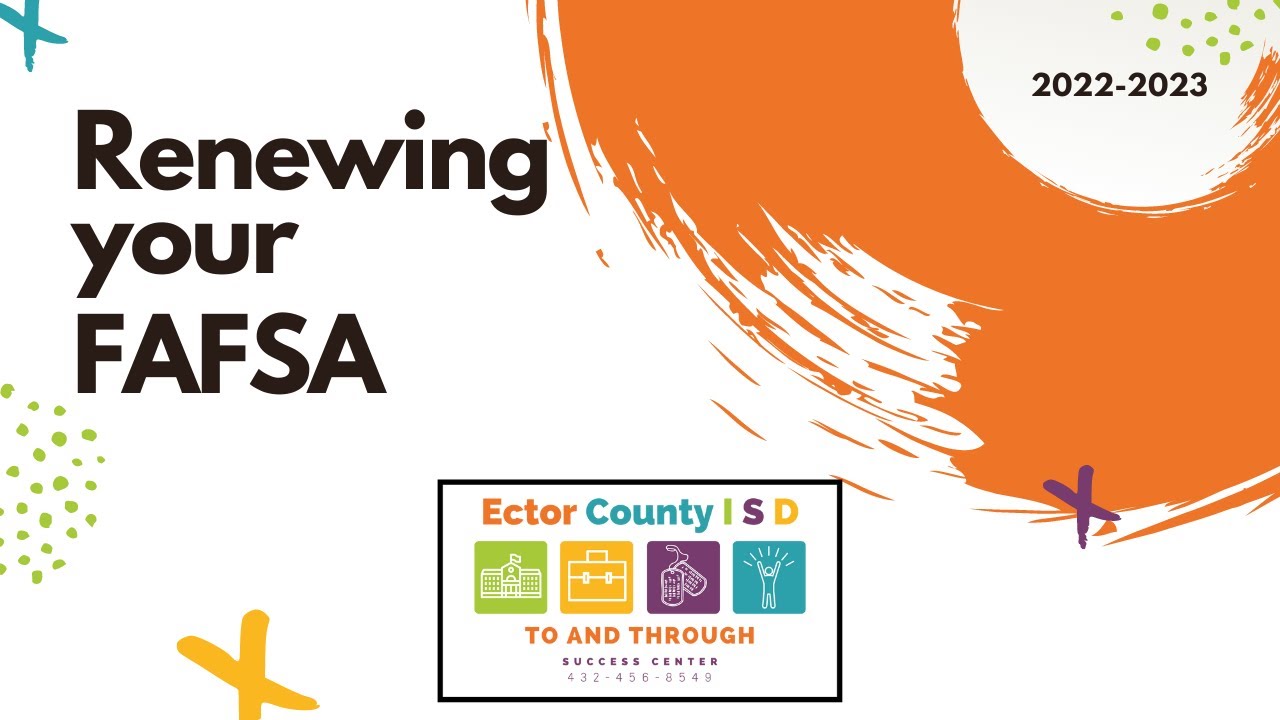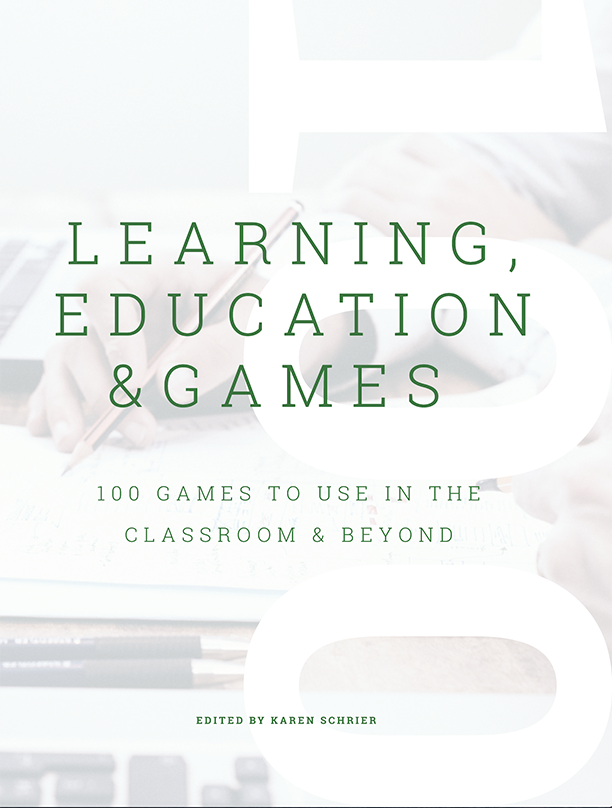
Multiplication games are a great way to increase your students' mathematical abilities and improve their skills at math. They are fun to play and can be a great way to help students learn. There are many multiplication games that you can find online at a fraction of the cost. These can be great additions to your classroom. In addition, many educational math game sites offer fun and educational rewards for players.
Bump is a popular multiplication game. It uses two regular dice. To create a multiplication matrix, students each take turns rolling the die. After they roll the dice, they shade in the array on graph paper. The first student to accurately multiply two numbers will win the game.
Another multiplication game is "multiplication sentences game", which you can play at the end. The student who correctly answers the question will be the first to go on the field. There is a 50/50 chance that the correct answer will be found by all other players.

Another math game that can easily be played in the classroom, "I declare War", is a twist on the classic game. The object of this game, which is to be first to use all of its pieces, is to win. You can play it with a pair or a ten-sided dice.
You can also play "Bingo" with your students. This is a math game in which the player catches five numbers. This game can be played simultaneously by multiple students. The winner is the player who scores the most points.
Another multiplication game that can be played in the classroom is the "multiplication square," which can be played by three students. The player with more sets wins the game. This game is played on a mini whiteboard. You can also use an overhead projection device to play this game.
Another math game you can play in your classroom is the multiplication equation. This involves solving math problems using a number. The student who has the correct answer places their cards in the winning pile. The student with the worst answer will lose the game. This game has one aspect that is very important: the correct answer.

Multiplication games can be enjoyed by students of all ages and can help reinforce concepts of times tables. These games can be fun and exciting ways to end lessons. They can also serve as a reward to those who do good work.
Buzzmath is an educational website that offers more educational and fun games for teachers. There are also fun online multiplication activities and free online multiplication games. Prodigy has a great teacher resource. This online learning platform allows for you to track students' progress and give differentiated instruction.
The "multiplication games for the classroom" can be played by teachers and students alike. These games can be used to reinforce multiplication concepts or keep students interested in lessons on other topics.
FAQ
What is the average time it takes to become a teacher in early childhood?
The four-year process to earn a bachelor's level in early child education takes. Two years are required to take general education courses offered by most universities.
After completing your undergraduate studies, you will usually enroll in graduate school. This step allows for you to specialize in one area of study.
For example you could focus on child psychology, or learning disabilities. You must apply for a teacher preparation program after you have completed your master's degree.
This process may take another year. During this period, you will work with experienced educators to gain real-world knowledge.
Final, you must pass the state exam before you can start teaching.
This process takes several years, which means you won't be able to immediately jump right into the workforce.
What are some ways to get scholarships?
Scholarships are grants awarded to help pay for college expenses. There are many kinds of scholarships. These include:
-
Federal Grants
-
State Grants
-
Student Loans
-
Work Study Programs
-
Financial Aid
Federal grants come directly from the U.S. government. Most federal grants require applicants fulfill certain requirements. To demonstrate financial need, applicants must meet certain requirements.
Individual states can offer grants to state governments. Some states offer these funds based on financial need; others award money for specific reasons.
Student loans are issued by banks and other lending institutions. Students are often able to borrow money for expenses such as tuition or living expenses.
Employers can use work-study programmes to attract qualified students. Employers are required to pay employees at least minimum wage.
Financial aid covers the majority or all of the tuition costs for low-income families.
What is a trade school?
Trade schools provide an alternative pathway for students who have not achieved success at traditional higher educational institutions to earn a college degree. These schools offer career-focused programs that prepare students for specific jobs. These programs require students to complete two years of coursework in one semester. After that, they enter a paid apprenticeship program in which they acquire a job skill and get on-the-job training. Trade schools can be vocational schools, technical colleges or community colleges. Some trade schools also offer associate programs.
Statistics
- In most developed countries, a high proportion of the population (up to 50%) now enters higher education at some time in their lives. (en.wikipedia.org)
- Globally, in 2008, around 89% of children aged six to twelve were enrolled in primary education, and this proportion was rising. (en.wikipedia.org)
- They are more likely to graduate high school (25%) and finish college (116%). (habitatbroward.org)
- They are also 25% more likely to graduate from high school and have higher math and reading scores, with fewer behavioral problems,” according to research at the University of Tennessee. (habitatbroward.org)
- Among STEM majors, that number is 83.5 percent. (bostonreview.net)
External Links
How To
What is vocational training?
Vocational Education prepares students for work by giving them skills that are required for a specific job, such as welding. It includes training on the job in apprenticeship programs. Vocational Education is different than general education. It focuses on specific careers and not learning broad knowledge for the future. Vocational education's goal is to help students find employment after they graduate.
Vocational education can be offered at any level of schooling: primary, secondary, college, university, technical institutes and trade schools. You can also find specialized schools such a culinary arts school, nursing school, law school, medical schools or dental schools. Many of these schools provide both academic instruction as well as practical experience.
A number of countries have made significant investments in vocational education over recent decades; for example, Australia, Denmark, Finland, Germany, Ireland, Japan, Luxembourg, New Zealand, Norway, Poland, Sweden, Switzerland, the United Kingdom, and the United States. The effectiveness of vocational training is still a controversial topic. Some critics believe it doesn't help students get hired, while others claim that it helps prepare them for life after high school.
According to the U.S. Bureau of Labor Statistics (47% of American adults are currently holding a postsecondary certificate/degree related to their current job), this figure is higher among those with more education. This number is higher for those with higher education. 71% of 25-29-year-olds have a bachelor's or higher degree and are employed in areas that require postsecondary credentials.
The BLS reported that almost half the adult population of the country had at least one form of postsecondary credential as of 2012. About one-third of Americans held a two-year associate degree, while about 10 percent held a four-year bachelor's degree. One out of five Americans held a master's degree or doctorate.
For those with a bachelor’s degree, the median annual income was $50,000. This is compared to $23,800 if you don't have one. The median wage for advanced degrees holders was $81,300.
The median wage for people who did not finish high school was only $15,000. Earn $13,000 per annum for those with less high school diplomas.